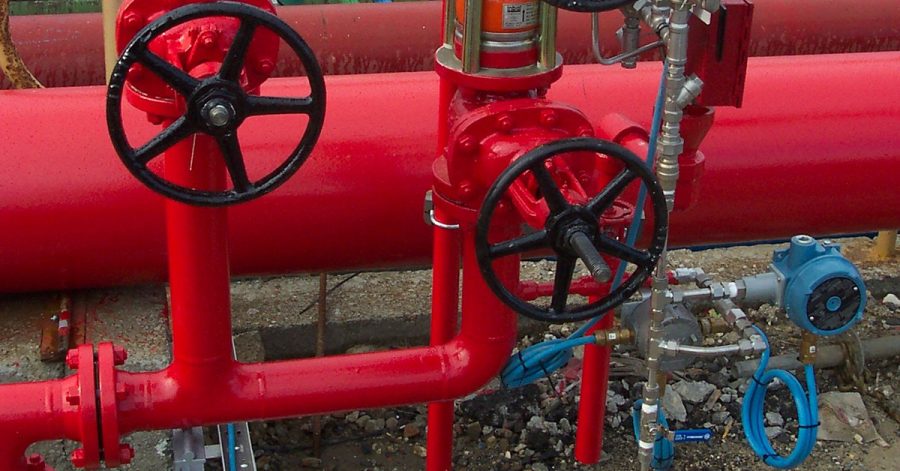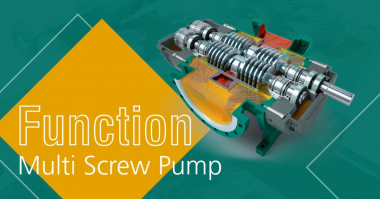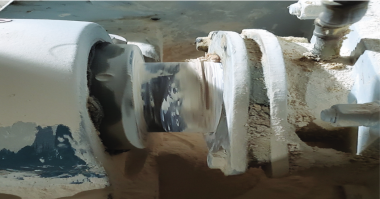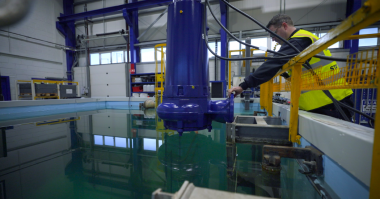When it comes to protecting pumps, switches can provide many ways for users to control the operation and performance of the equipment and extend equipment life. Switches can be as simple as minimizing the intervals of on and off cycles or as sophisticated as a multi-switch control system with features like automatic lubrication, temperature control, and alarms to alert operators of potential hazards.
When protecting pumps with switches, here are the top five considerations to keep in mind.
1. What type of control is most needed for the application?
The most basic application is when switches are used to control the pump to minimize the intervals between on and off cycles.
When the pump is needed to do a certain job, for example, in a water-filling tank application, it is important to ensure that there is enough difference in the fill height between the on and off cycle. United Electric Controls develops simple switches with a wider on/off cycle that prevent the pump from refilling the tank every time water is removed. It is typically customizable for the customer so that they can decide what is best for the application. Extending the pump cycle will help to extend the life of the pump and also provide better service. The mechanical switches in the 100 series are designed for non-hazardous applications, while the 120 series works more effectively for more hazardous applications.
2. When are additional switches required?
In many applications—depending on the size of the control panel—additional switches to protect the pump investment may also be required. These typically have a much higher value and are designed for larger systems in which the pumps need a lubrication system, temperature protection, or perhaps the need for a minimum pressure requirement before the pump starts. These are switches that will protect the pump from a few hazards, including:
- Over-pressure conditions
- Overheating
- Running dry
3. What are you trying to achieve?
When working with an expert to determine the types of switches needed to protect pumps, the best thing users can do is explain the end result they are trying to achieve. For example, they may want to achieve a specific pressure for the on and offset points. It is important to understand if the outcome they are trying to achieve is doable with a single switch, or if a control panel type of installation is needed. This could also require additional programmable hardware such as a Programmable Logic Controller (PLC).
4. Why are pressure and temperature important when choosing switches to protect
pumping equipment?
Pumps operate at many different pressures—typically from 10 psi to 1500 psi. There are a variety of models within those product families to control the pumps within those pressure ranges. With regard to temperature, there is usually up to a maximum temperature of 450 degrees Fahrenheit. Properly-selected switches can provide the protection needed to ensure that pipes do not burst and the bearings do not overheat and damage the pump.
5. What are some reasons users approach manufacturers about using switches to protect their pumps?
For pump control for smaller applications, only one simple product may be needed. Larger pumps may require an alarm system for high pressures, and An emergency shutdown switch set at a higher pressure to prevent catastrophic failures. The emergency shutdown pressure switch should be set below the designed burst pressure value of the pump and the piping around the system.
The first is the alarm that would send a signal at the pump location to let operators know to attend to the pump and make sure it is under control. For example, if a flow pump valve is closed on the downside, it doesn’t allow the pump to pump the pressure down the line. It would build up the pressure enough to set off the alarm. It might then be as simple to fix as opening the valve and relieving the pressure.
On the low side, it is important to have enough inflow into the pump to make sure the pump doesn’t run dry. For example, if the input valve is closed the pump would not know it is not receiving anything and it would keep running. A dry pump will definitely overheat and burn.





Comments